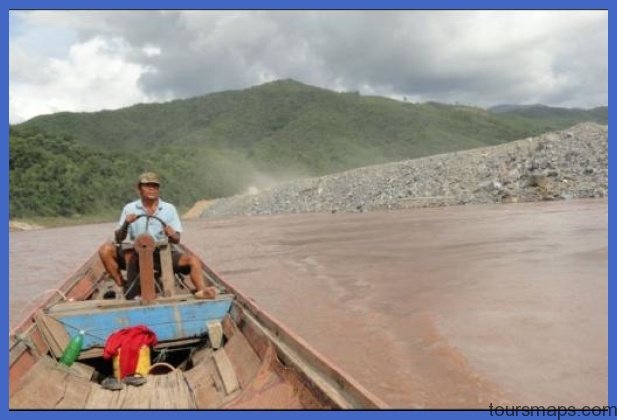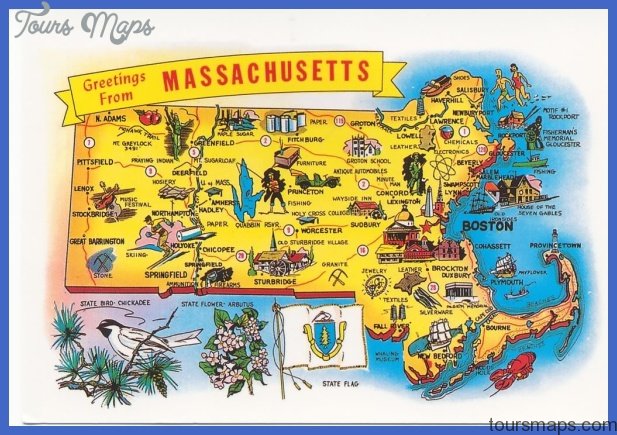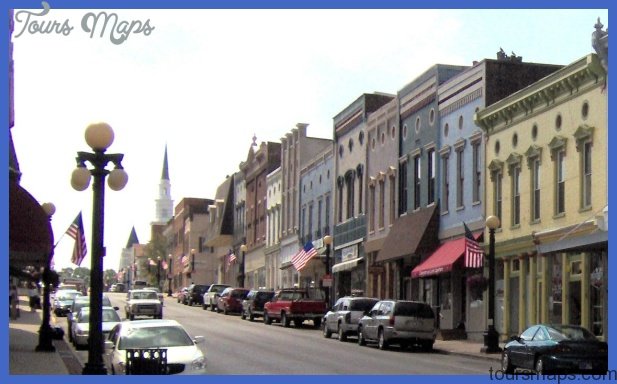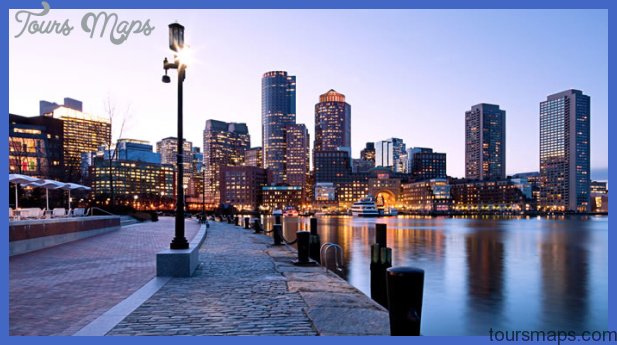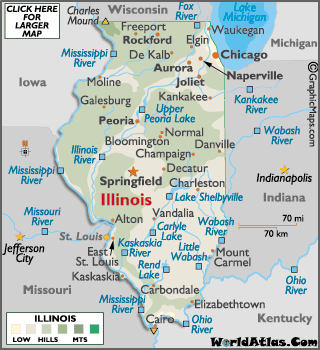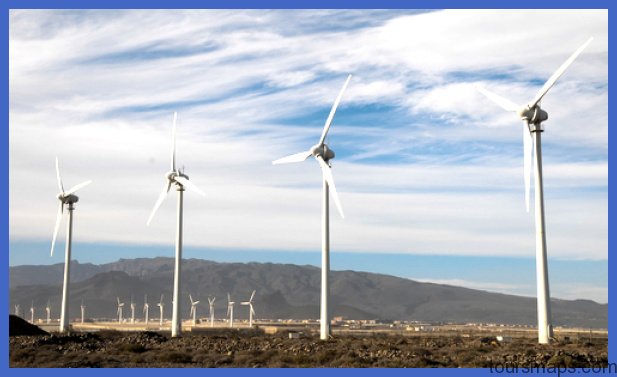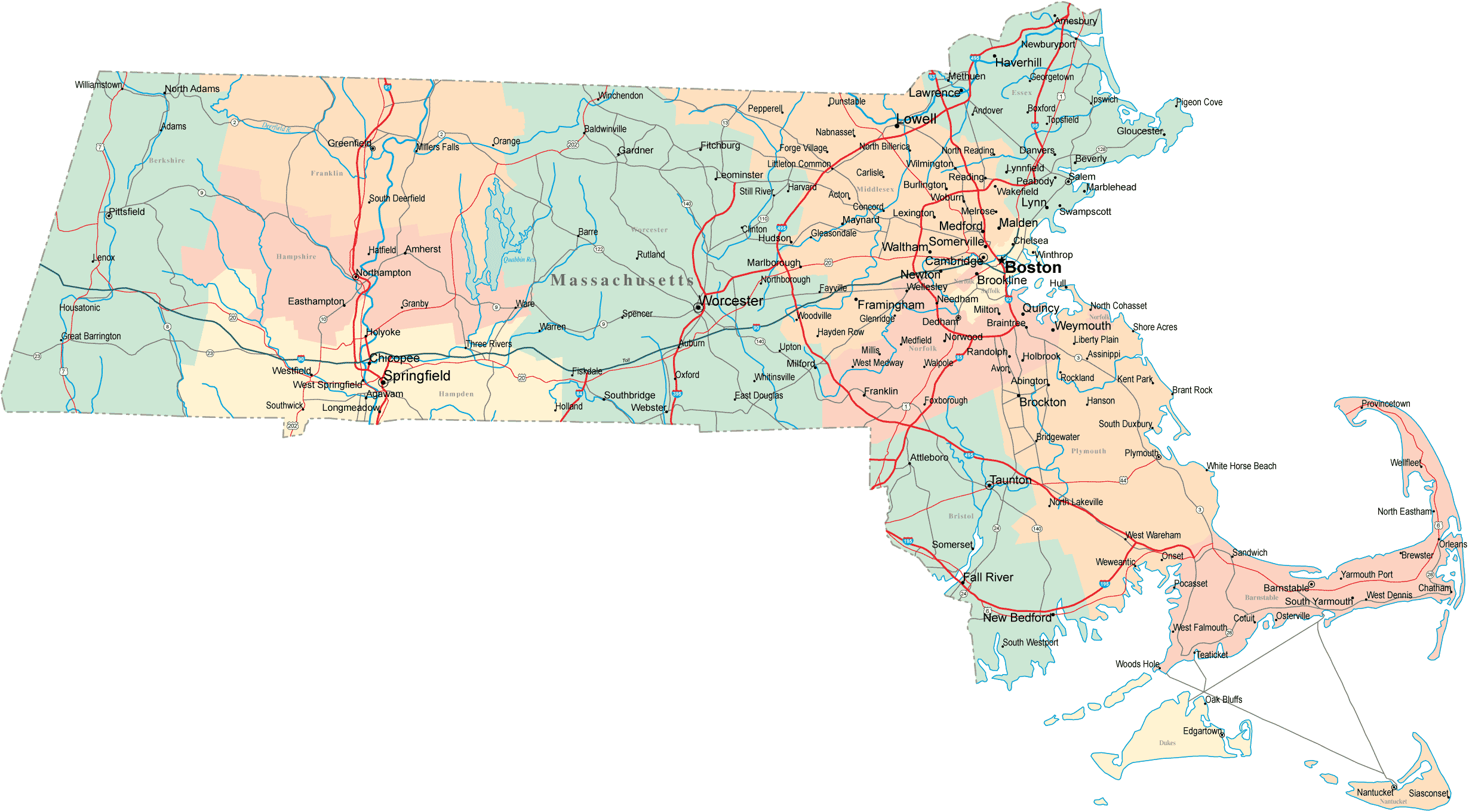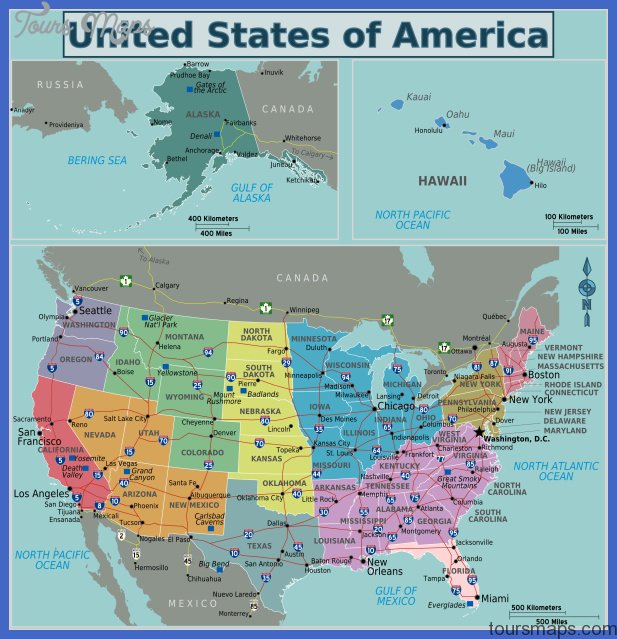Category: History
Similar to the Salvadorans, Guatemalans numbered very few in Illinois prior to the 1980s. A wave of migrants came to the United States and to the Chicago area, fleeing …
The Latino population in Massachusetts reaches 428,729. February 12 is the last day new Salvadoran migrants can qualify for temporary protected status. With the closing of this route for …
The growing Latino presence in Kentucky influenced policing in the state’s two major cities. In 1994 Assistant Chief Fran Root began to take notice of the increased Latino presence …
Massachusetts Early Latino Populations in Smaller Cities and Towns Smaller cities in the commonwealth such as Lowell, Lawrence, and Holyoke also experienced a great deal of Puerto Rican migration, …
The significant increase in the Latino population in Iowa was met with a variety of different perspectives. Iowa has never been a homogenous white state, as there has always …
BIBLIOGRAPHY Bean, Frank D., and Marta Tienda. The Hispanic Population of the United States. New York: Russell Sage Foundation, 1988. Boswel, T.D., and J.R. Curtis. The Cuban American Experience. …
CULTURAL CONTRIBUTIONS The close proximity and easy access to cultural organizations located in the District of Columbia overshadow some of the cultural contributions of the Latino population in …
The presence of Ecuadorians in Chicago can be traced back to the mid-twentieth century. Ecuadorians came to Chicago primarily in two waves. Initially, they migrated to Chicago from the …
Post-World War II Latino Migration Migration rates in Massachusetts dropped noticeably between the 1920s and 1960s, as the United States embraced tighter immigration laws that prevented Farmworkers being recruited …
Churches and Religious Organizations Churches are an important institution for Latinos, not only because they provide support, but also because they help keep Latino culture alive. Both Catholic and …
